In partnership with The Museum of Kansas City, we recently hosted a Community Conversation exploring Japanese American relations, past, present, and future. Miss Shizuoka, the Japanese Friendship doll in the Museum’s collection, was the icon of the event, embodying the youth and innocence of the event’s title—Eyes Full of Magic.
The title is taken from the libretto of Madame Butterfly. At the end of Act I, Lieutenant Pinkerton sings to his new bride, the young geisha, Cio-Cio San:
“Child with eyes full of magic, now you’re all mine.”
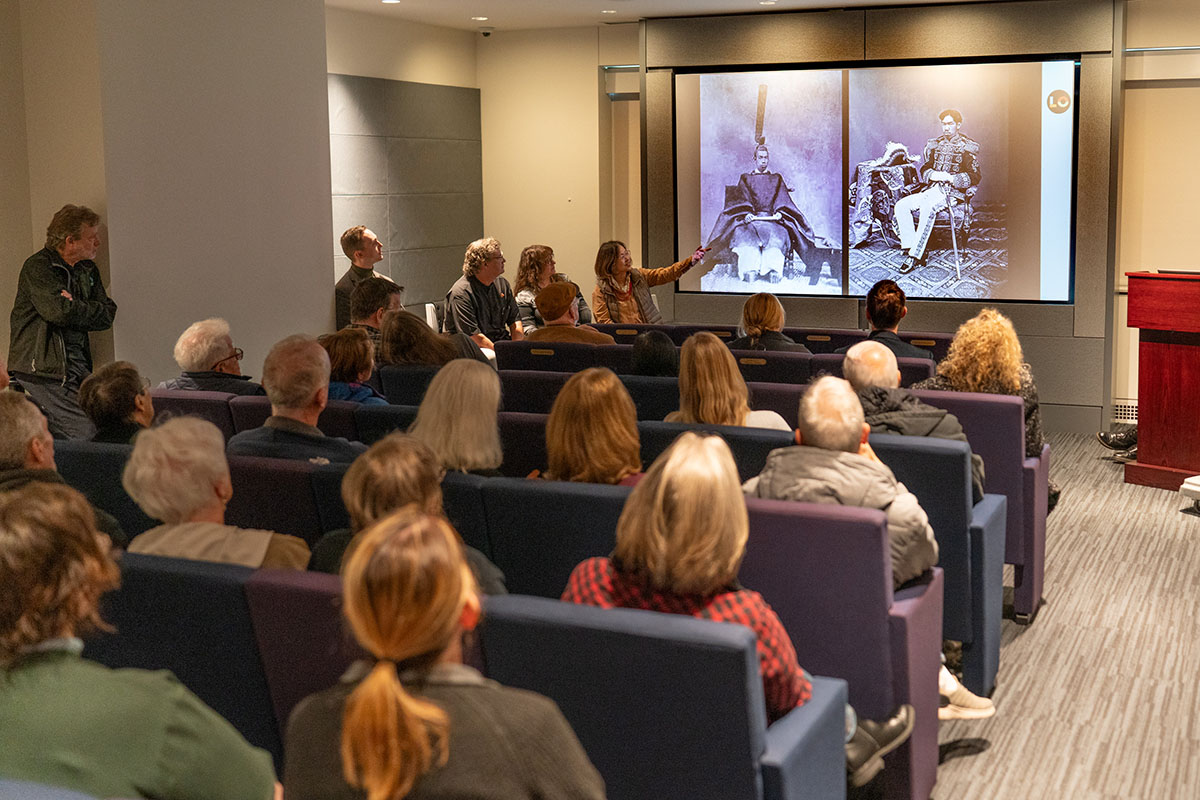
The event began with a panel conversation featuring Dr. Kris Ercums (Spencer Museum of Art), Lisa Shockley (Museum of Kansas City) and Dr. Akiko Takeyama (The University of Kansas). The conversation was moderated by Lyric Opera’s Director of Learning, Dr. Neal Long. / Photo by Andrew Schwartz.
With the guidance of our esteemed panelists, we broke down terms like “orientalism,” “imperialism,” and “feminization,” exploring how these these patterns of thinking influenced Western art at the time of Madame Butterfly.

Alice Nielsen's kimono that she wore for the role of Cio-Cio San in 1909 was on display for guests to view. / Photo by Andrew Schwartz.
Our conversation also featured a special Kansas City connection. Lisa Shockley, Curator at The Museum of Kansas City, told us about Puccini’s personal favorite Cio-Cio San, Alice Nielsen, who happened to be a Kansas City native. Many of Nielsen’s costumes are part of the Museum’s collection, including the kimono she wore in the 1909 Boston Opera performance of Madame Butterfly.

Three Trails Taiko performing in the living room at The Museum of Kansas City. / Photo by Andrew Schwartz.
Guests were then treated to a performance from Three Trails Taiko, a Kansas City-based community performance group dedicated to the art of kumi-taiko. Taiko 太鼓 (TIE-koh) is the Japanese word for drum, and kumi-taiko is a modern form of group drumming that was brought to the United States from Japan in the 1960s. Three Trails Taiko mesmerized the audience with their exquisite synchronicity and vibrant flair.
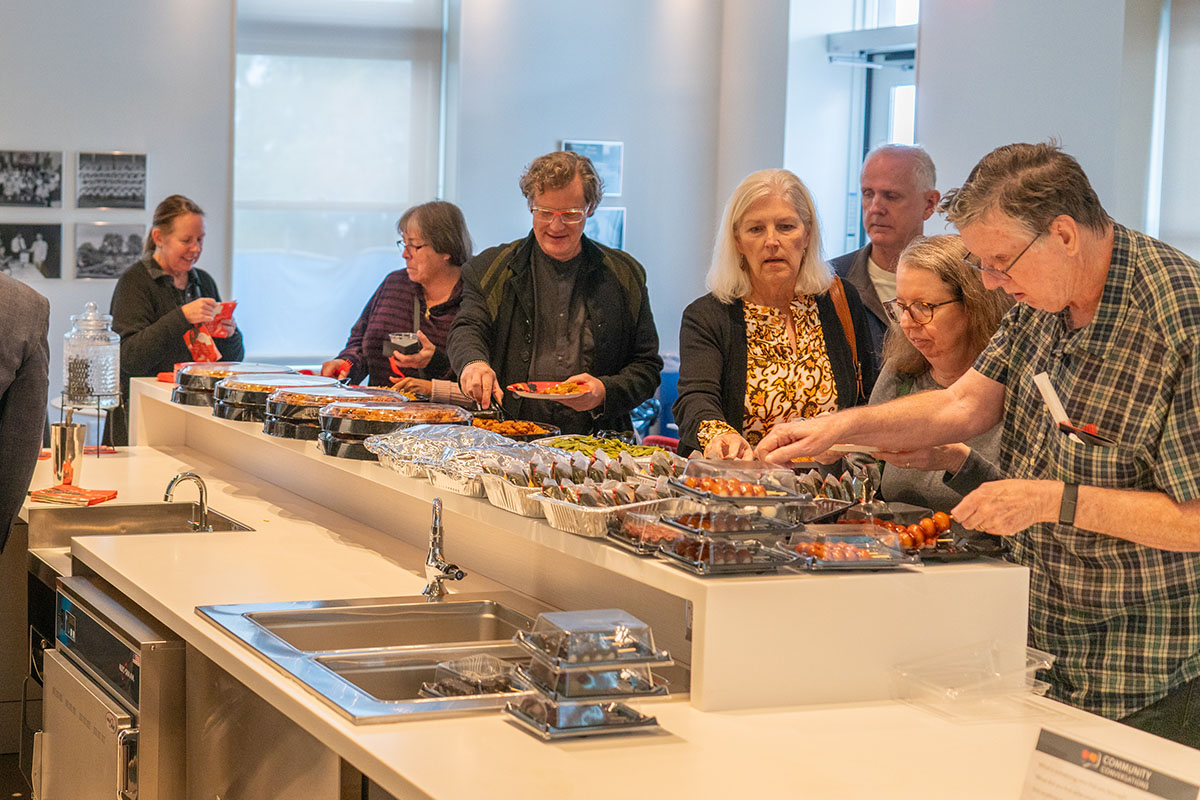
Guests enjoyed onigiri, karaage (Japanese fried chicken), taiyaki, yakisoba (stir fried noodles), and truffle edamame provided by KC Craft Ramen. / Photo by Andrew Schwartz.
The morning was topped off with authentic Japanese catering provided by KC Craft Ramen, with the invitation to discuss and reflect on the events of the morning.
Madame Butterfly premiered in 1904, and is thus is a time capsule of the attitudes and perspectives of the era. As one attendee put it, “This program invited us to see, taste, and hear Japanese culture”, connecting the dots between Puccini’s fantasy of Japan and the real Japanese communities in Kansas City and beyond.
Photo Gallery
Photography by Andrew Schwartz for Lyric Opera of Kansas City.
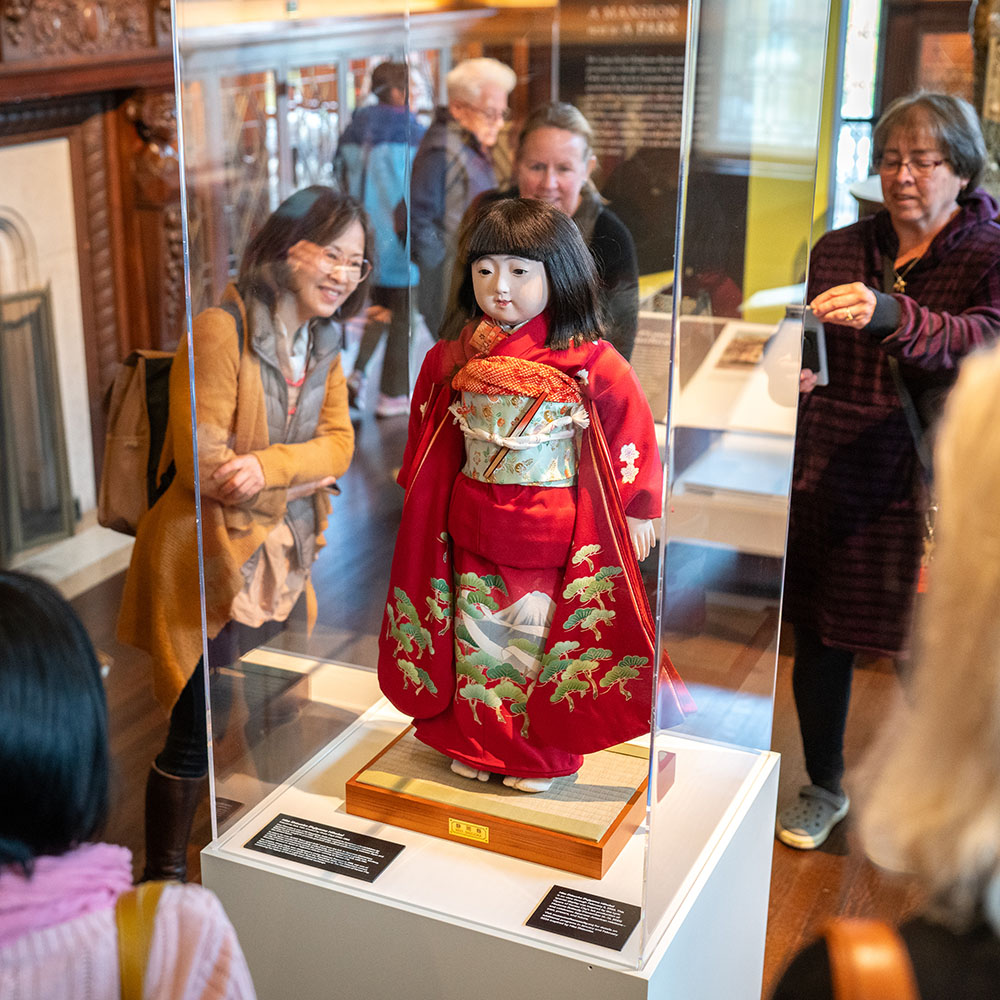
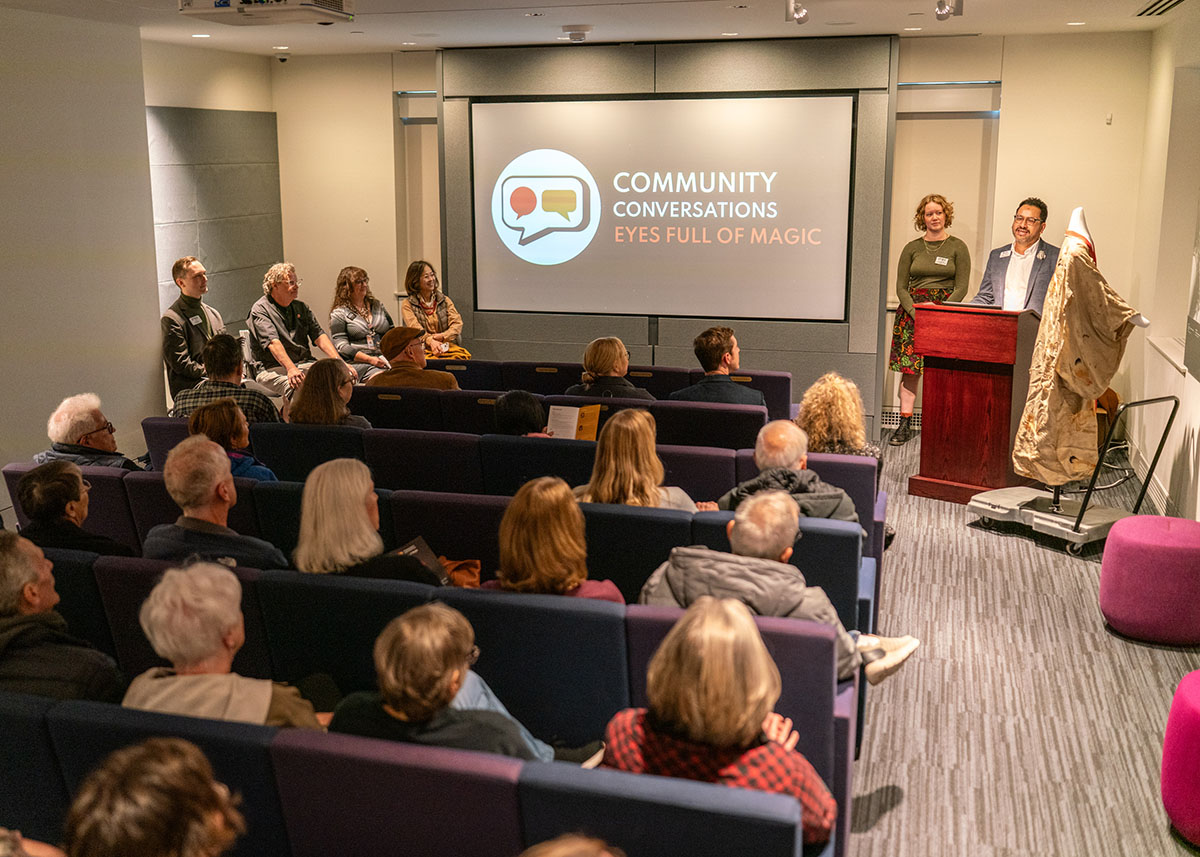
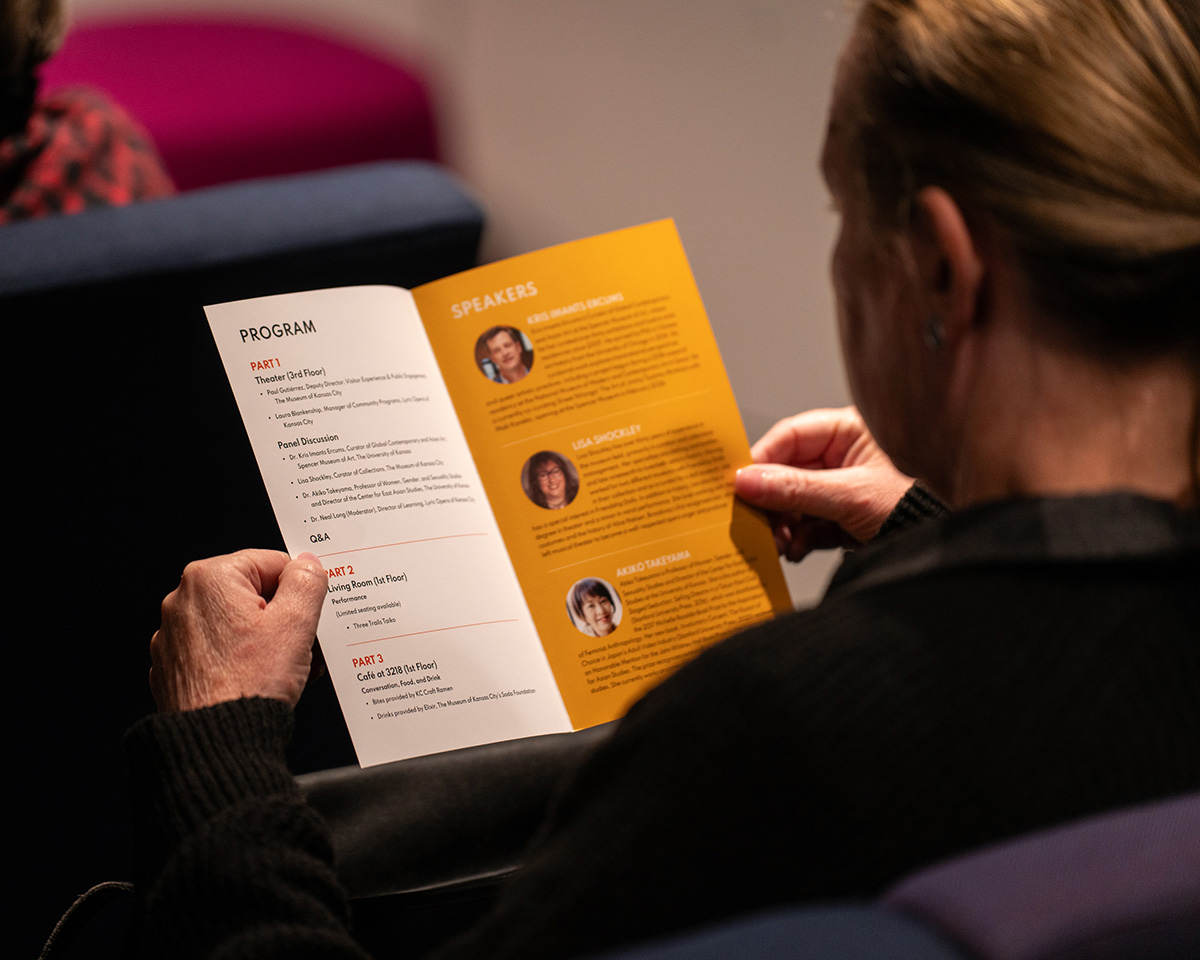





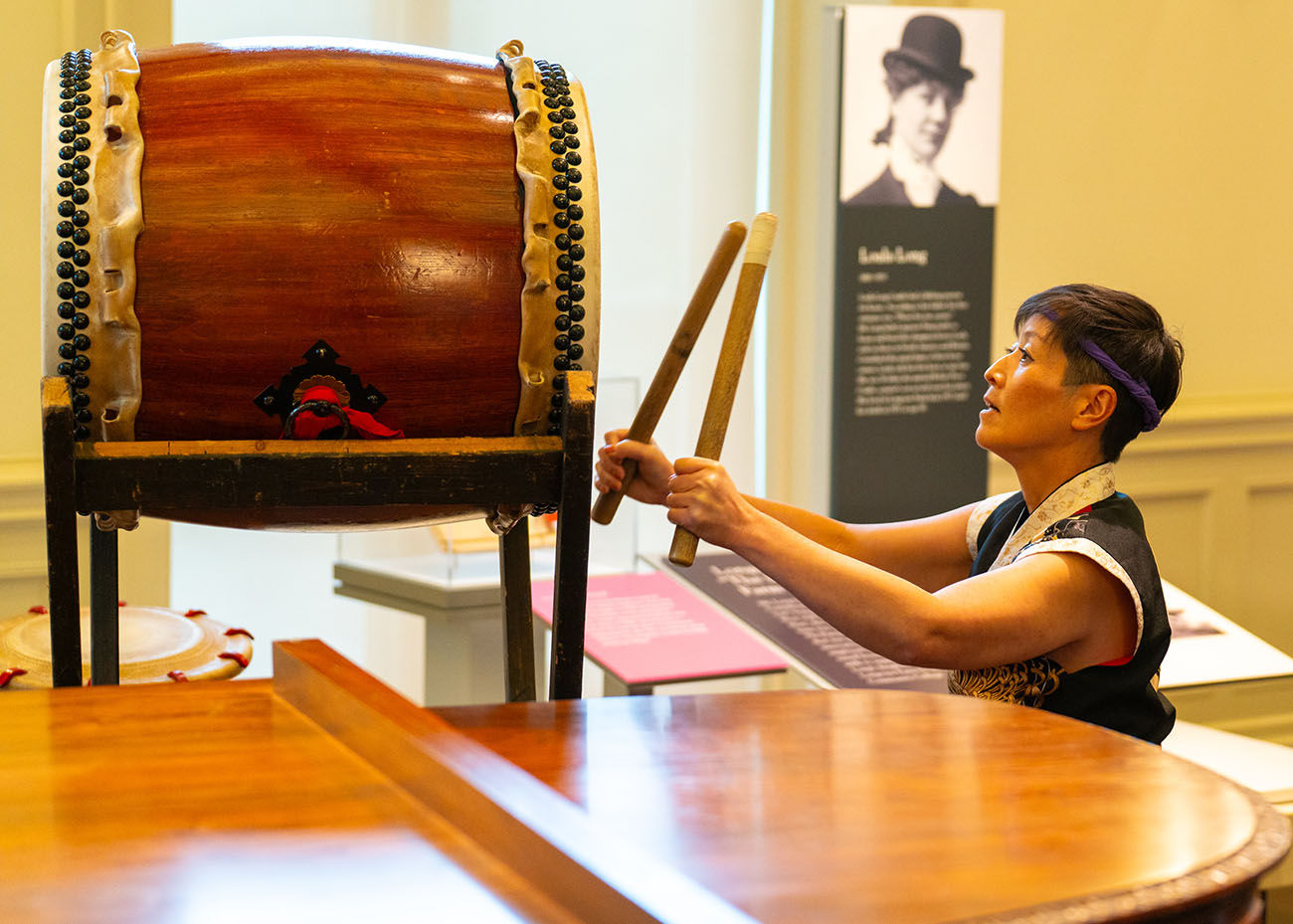
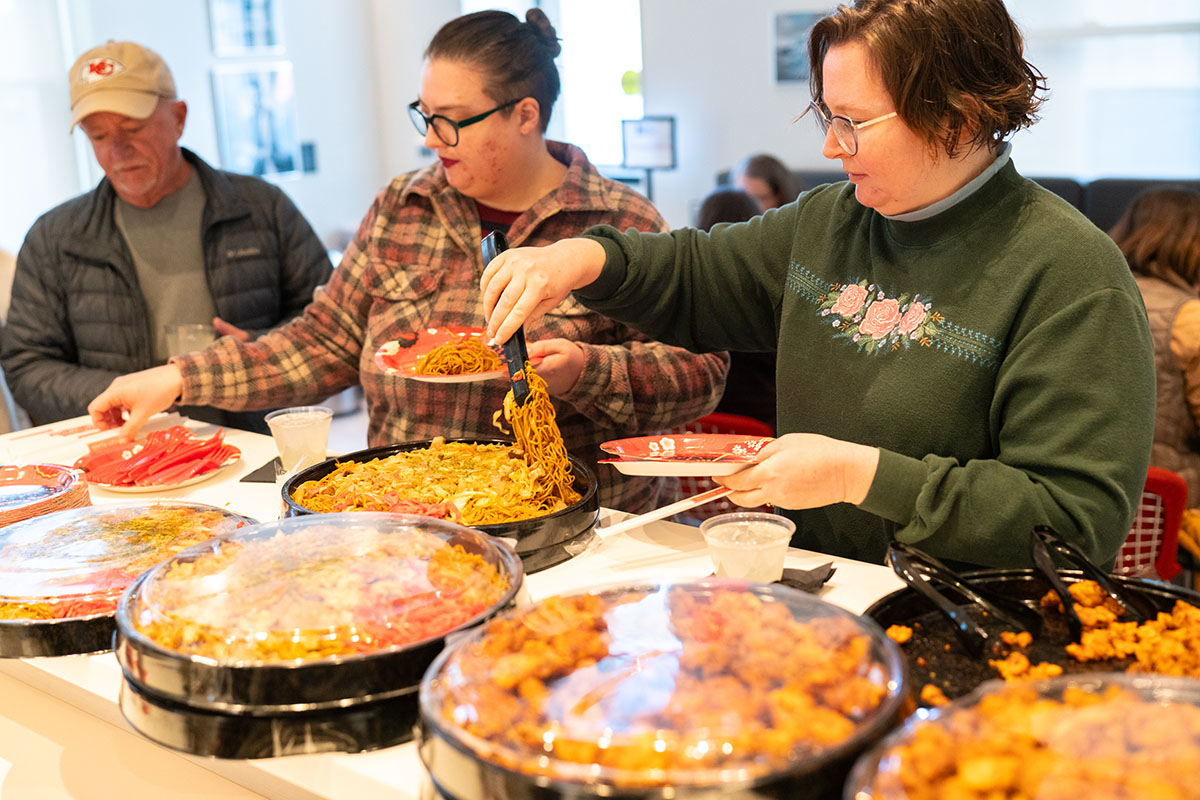

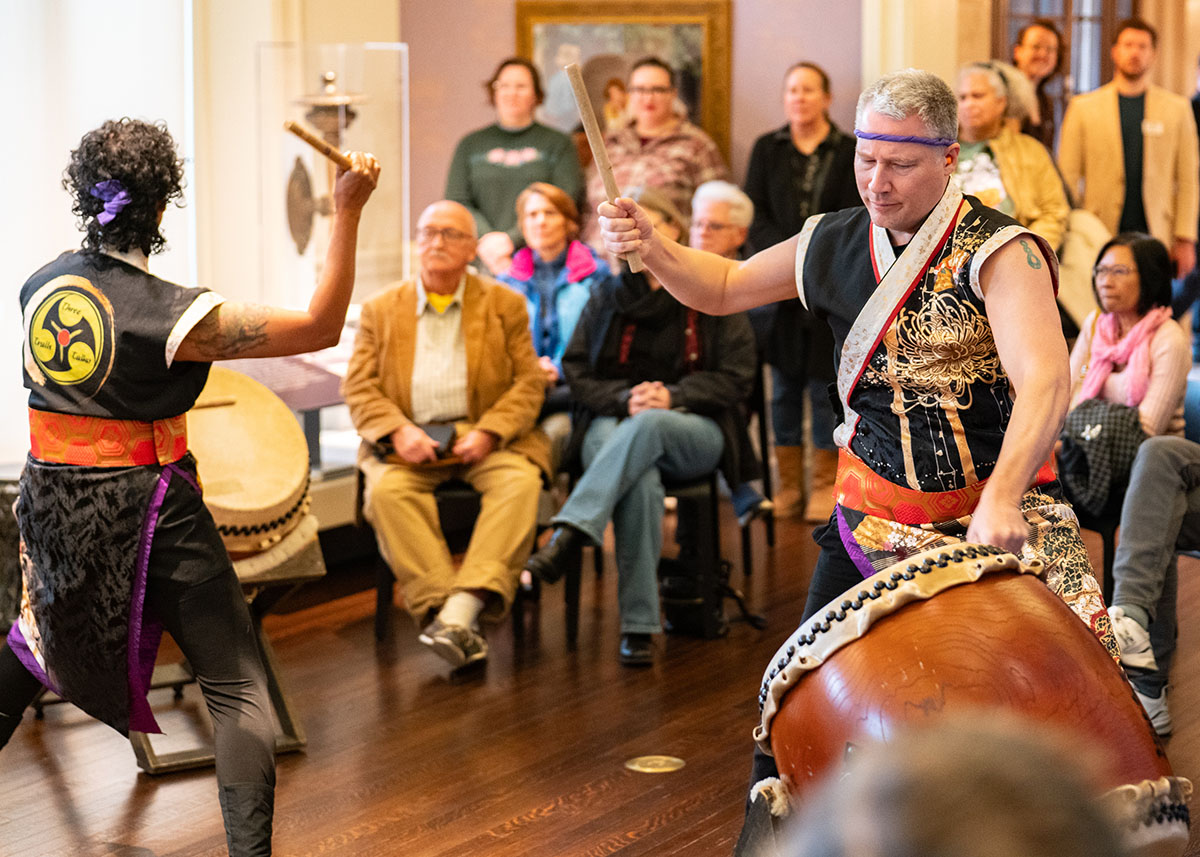
About the author:
Laura Blankenship serves as Manager of Community Programs with Lyric Opera of Kansas City. In their role, they engage with opera-lovers, opera-newbies, and community partners to forge connections between the stories in opera and the realities of today.
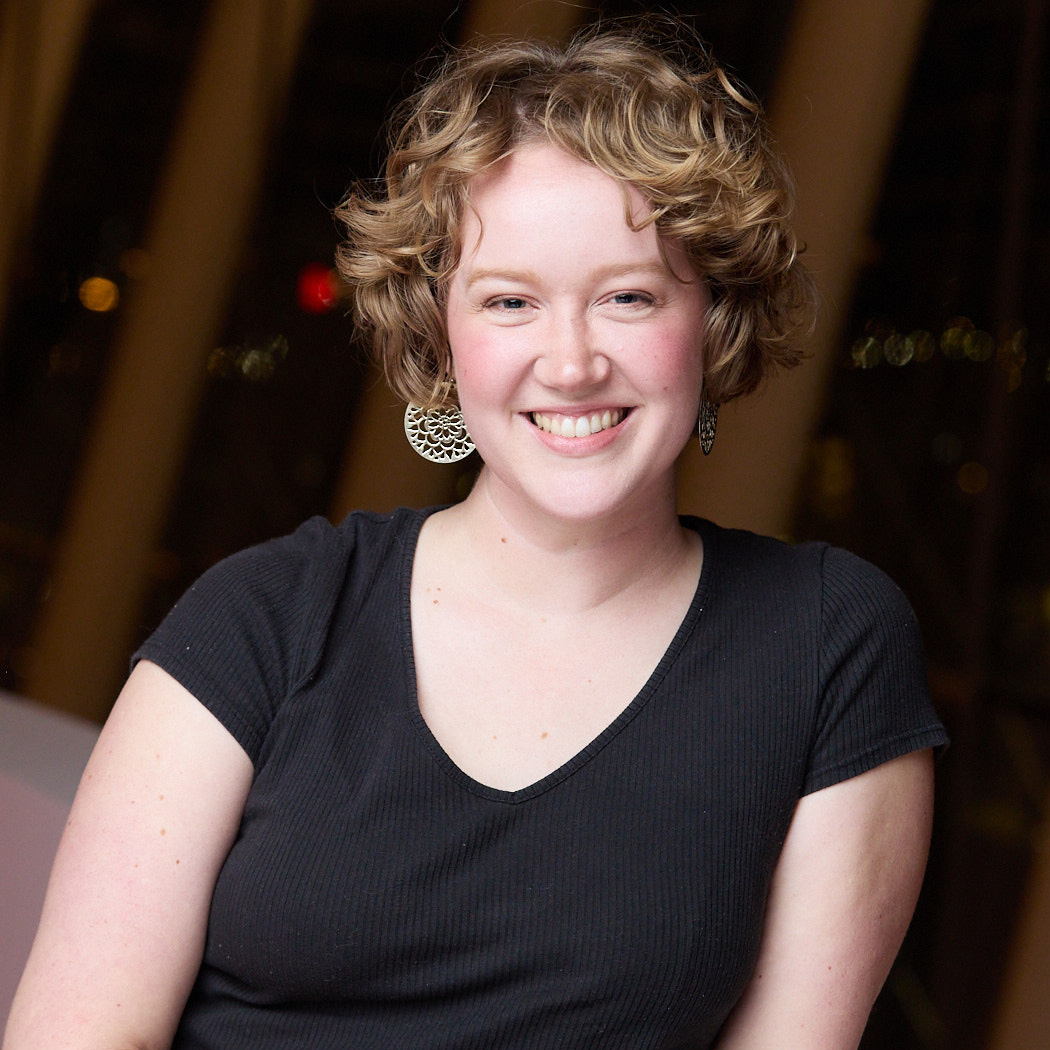
Learning Events at Lyric Opera
Interested in more events like this? Join us in learning how to connect personally and meaningfully to our beloved artform as we forge relationships with our shared humanity.